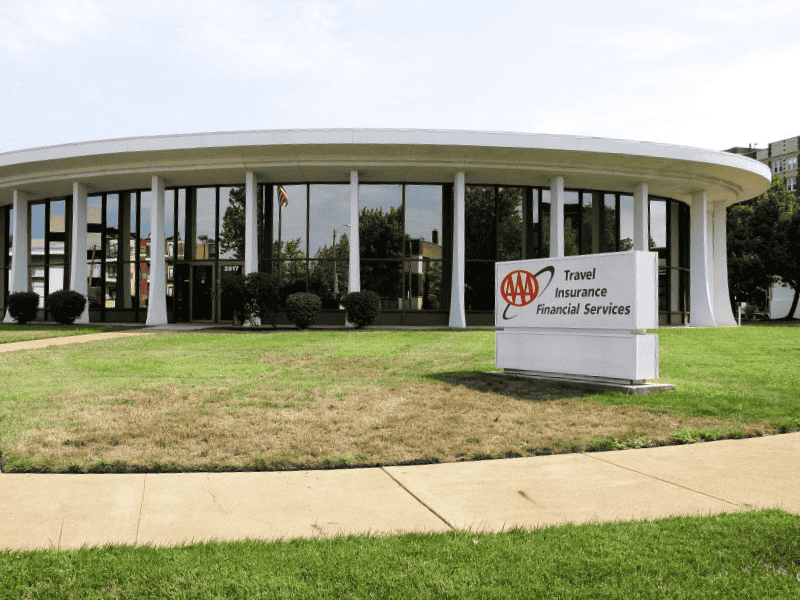Don't Stress Over Student Loans
If payments are taking a huge slice out of your salary, choose another repayment plan.
Among graduates of the class of 2012 who borrowed, the average debt is $29,400—not a crippling amount, but no easy lift, either. Many graduates have a mix of federal loans at a variety of interest rates (federal Direct Loans, the most widely available, carried a 3.86% rate for the 2013–14 school year), and some borrowers also have private loans with variable rates as high as 11%. You can pick a repayment plan that fits your finances; if your circumstances change, you can always change the plan. (See which best fits your budget with the Department of Education's Repayment Estimator.)
The most straightforward repayment plan for federal loans is the standard ten-year plan. Under this arrangement, you pay the same amount each month until your loan is repaid. But that can be challenging for graduates with a lot of debt or a low-paying job. Borrowers who have $30,000 or more in loans can opt for the extended-repayment plan, which lowers the monthly bill by lengthening the repayment period to as long as 25 years. The graduated repayment plan requires lower payments at first and then raises them, usually every two years, for up to ten years, presumably as your income increases. (With the extended and graduated plans, you’ll pay more interest than with the standard repayment plan.)
Or check out income-based repayment plans, such as Pay As You Earn, the newest of such options. Income-based repayment is for borrowers with a lot of debt relative to income. You qualify if you have a “partial financial hardship”—that is, your monthly payments would be higher under the ten-year standard repayment plan than under the income-based plan.

Sign up for Kiplinger’s Free E-Newsletters
Profit and prosper with the best of expert advice on investing, taxes, retirement, personal finance and more - straight to your e-mail.
Profit and prosper with the best of expert advice - straight to your e-mail.
With Pay As You Earn, you must also have taken your first loan on or after October 1, 2007, and received a disbursement of at least one loan on or after October 1, 2011. You put 10% of your “discretionary” income (the amount by which your income exceeds 150% of the poverty line) toward your loans over 20 years, after which any remaining amount is forgiven.
Borrowers in income-based repayment programs who work in public-service positions—for the federal government or a qualifying nonprofit, for example—also qualify for public-service loan forgiveness; federal loans are forgiven after ten years (or 120 on-time payments) instead of 20 years.
Consolidate Your Loans
Consolidation lets you combine your federal loans under one interest rate and one bill (you can’t consolidate federal loans with private loans). The interest rate is based on the weighted average of the interest rates on the loans being consolidated, rounded up to the nearest one-eighth point. Consolidating still gives you access to the range of repayment plans.
No matter which repayment plan you choose, sign up for automatic debit. You’ll qualify for a 0.25-percentage-point reduction on your federal interest rate.
Get Kiplinger Today newsletter — free
Profit and prosper with the best of Kiplinger's advice on investing, taxes, retirement, personal finance and much more. Delivered daily. Enter your email in the box and click Sign Me Up.
Susannah Snider worked as a research-reporter and staff writer at Kiplinger Personal Finance Magazine. She went on to serve as managing editor for money at U.S. News, overseeing articles and content covering real estate, personal finance and careers. She is a certified financial planner professional and earned her CFP marks in 2019.
-
 Five Medicare Changes Coming in 2026
Five Medicare Changes Coming in 2026Learn about the benefits that become permanent features of Medicare in 2026 and how they have been changed or updated since their inception.
-
 Discover Which Five States Have AAA Offices Offering Real ID Services. Learn What You Need To Do To Take Advantage of Them.
Discover Which Five States Have AAA Offices Offering Real ID Services. Learn What You Need To Do To Take Advantage of Them.A trip to the DMV can be a painful experience. Skip the line and visit your AAA office to get your REAL ID (select states only).
-
 Debit Cards vs Charge Cards
Debit Cards vs Charge Cardscredit & debt Whether sticking to a budget or reaping big rewards, understand whether debit cards vs charge cards are right for you.
-
 Four Smart Steps To Take Before Buying Your First Home
Four Smart Steps To Take Before Buying Your First Homehome Buying your first home can be daunting. Here are four things you need to do years before you start house-hunting to prepare financially for the biggest purchase of your life.
-
 The 25 Cheapest Places to Live: U.S. Cities Edition
The 25 Cheapest Places to Live: U.S. Cities Editionplaces to live Have a look at the cheapest places to live in America for city dwellers. Is one of the cheapest places to live in the U.S. right for you?
-
 Sharing His Path to Success
Sharing His Path to SuccessStarting Out: New Grads and Young Professionals This Native American studied tech in the Air Force and landed his dream job. Now he’s giving back.
-
 PODCAST: How to Find a Job After Graduation, with Beth Hendler-Grunt
PODCAST: How to Find a Job After Graduation, with Beth Hendler-GruntStarting Out: New Grads and Young Professionals Today’s successful job applicants need to know how to ace the virtual interview and be prepared to do good old-fashioned research and networking. Also, gas prices are high, but try a little global perspective.
-
 Preparing for a New Life
Preparing for a New LifeStarting Out: New Grads and Young Professionals While this Afghan refugee waits for resettlement, she is working to bring her family to the U.S.
-
 When It’s Time to Drop Your Parents’ Health Insurance
When It’s Time to Drop Your Parents’ Health InsuranceStarting Out: New Grads and Young Professionals Thanks to the Affordable Care Act, the uninsured rate for twenty-somethings has plummeted.
-
 Financial Planning We Can Afford
Financial Planning We Can AffordFinancial Planning You don't have to be a wealthy baby boomer to hire a financial adviser.